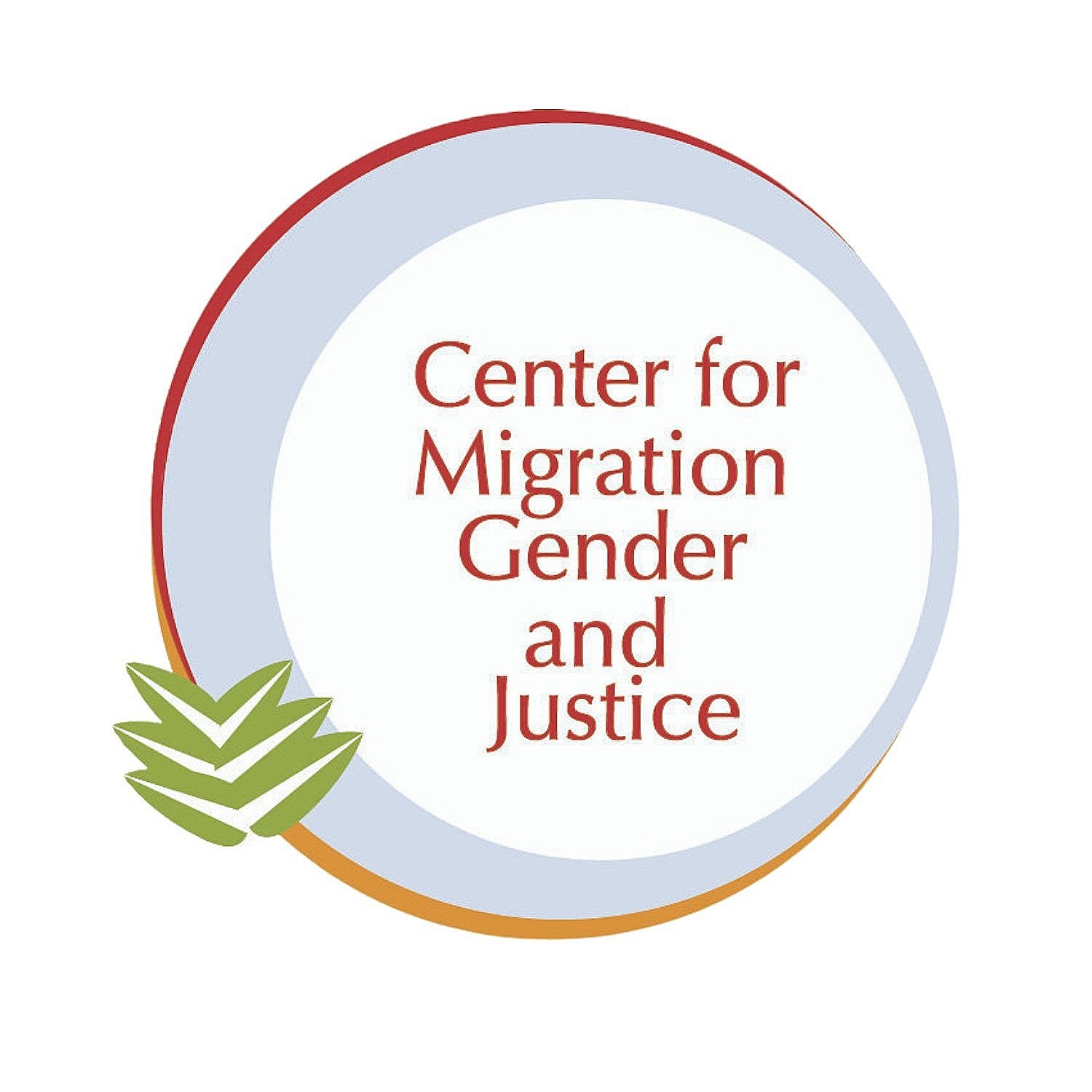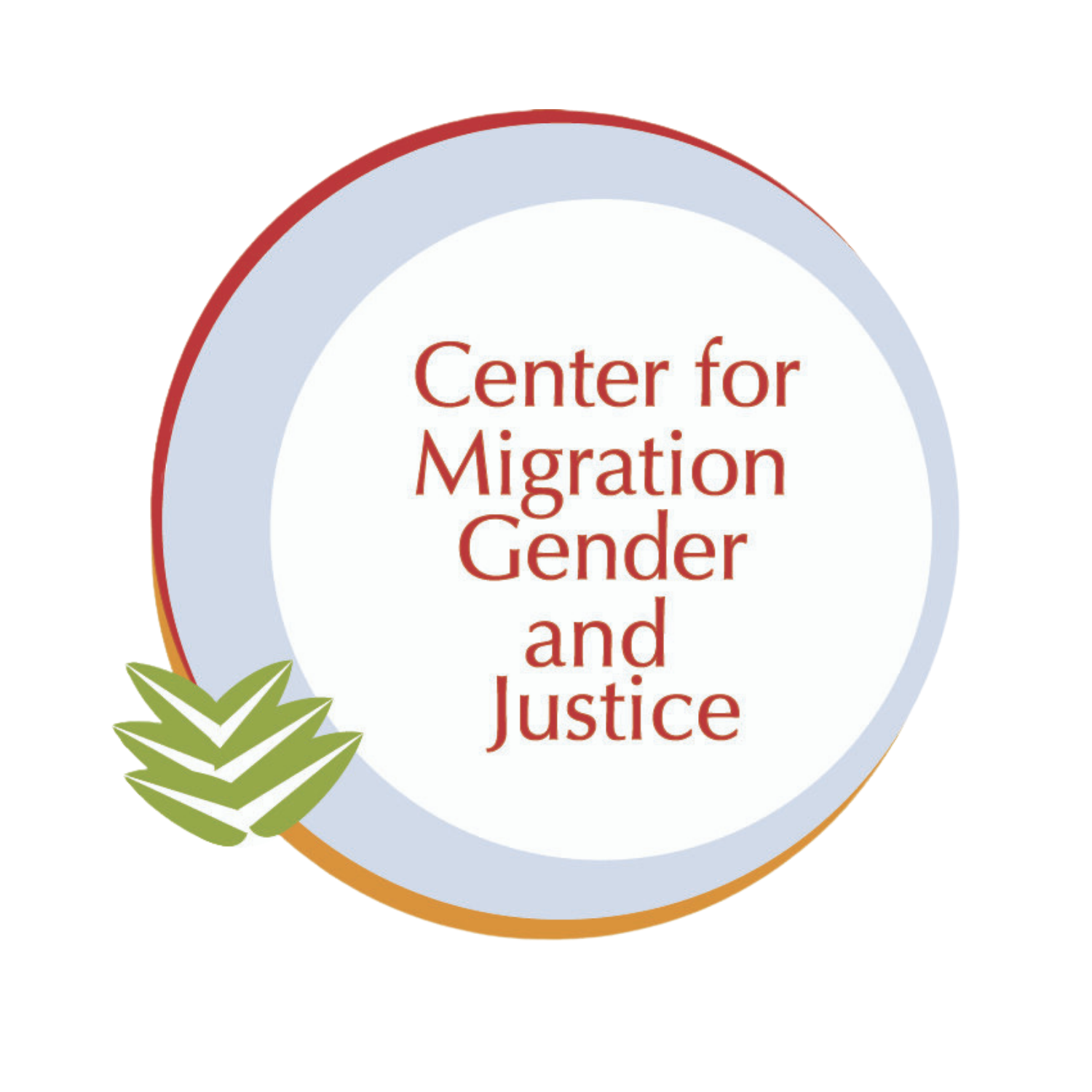When advocacy spaces are and aren’t designed for us
“As migrant youth, I have experienced the selective nature of youth engagement and have encountered advocacy spaces that are and aren’t designed for us.”
Gowinda Ama Armoo, CMGJ Migrant Youth Advocacy Training (MYAT) Participant (2023)
Youth engagement is crucial for addressing the pressing challenges of our time and creating inclusive societies. However, the reality is that marginalized voices are often overlooked in the EU. As migrant youth, I have experienced the selective nature of youth engagement and have encountered advocacy spaces that are and aren’t designed for us.
To create societies that work for all individuals, it is essential that youth voices are not only heard but also actively included and provided with the necessary space for their contributions. Moreover, youth engagement can encourage active citizenship, particularly among marginalized groups who do not feel acknowledged or recognized as Europeans. This in turn, could nurture a sense of belonging to Europe and increase the electoral participation of marginalized individuals.
Advocacy spaces that are not designed for us: My experience at the EYE
Speaking from my personal experience, it should be obvious that we have not yet achieved this level of inclusivity. The European Youth Event (EYE) is an event organized by the EU that brings together thousands of young people from across Europe to discuss societal issues. However, the EYE has exposed the selective nature of youth engagement. This year, more than 10,000 young people were invited to participate, but access to these spaces is predominantly granted to white, cisgender, heterosexual males, leaving numerous challenges in the path of those who do not fit this description.
Is my voice equal to the one of white youth advocates?
Prior to entering this space a number of questions inundated my mind. Will I have the opportunity to raise pressing issues that deeply matter to me, such as gender-based violence in detention and recognizing sexual orientation as a ground for asylum? What about voting rights for non-citizens in EU elections? Will my voice be listened to and taken seriously? How can I ensure that my questions receive equal importance as those raised by white participants? Should I dare to raise questions that might question the privileges of workshop participants?
These were the questions that I pondered before attending the EYE - even though, in theory, I am equal to any other participant, right? The reality is different. Unfortunately, many migrant youth advocates find themselves in spaces that are not originally designed to accommodate them. The recent agreement of the Regulation on Migration and Asylum by the EU exemplifies the ongoing lack of welcoming migrants, particularly non-white migrants: But who holds the power to decide who gains access to decision-making spaces and how much space is allocated? Regrettably, it is not us, migrants, who possess that authority.
Advocacy spaces that are designed for us: My experience with the MYAT
The Migrant Youth Advocacy Training (MYAT) helped me recognise the significance of my voice, connecting with other migrants who strive for the same goals. During our time in Strasbourg, we shared our experiences as migrants in Europe and within advocacy spaces. This made me aware of the lack of actual non-performative inclusivity. When I say performative, I mean the advocacy of the EU for diversity, equality, and inclusion while the practical actions that follow are almost non-existent. Inclusivity goes beyond featuring non-white people on posters and communication materials. Especially then, I learned, it is important to stay radical and unwavering in our own values. MYAT showed me how necessary advocacy is.
Claiming space in which you don’t feel comfortable is difficult. Feeling important in a society that constantly neglects your experiences and erects barriers in your path is challenging. Therefore, it is important to have the right support, the right mentors and empowering individuals who can guide you. Spending time with the CMGJ team left me feeling empowered. Witnessing the progress they have made in their mission to strive for gender justice beyond borders as a women-, migrant and youth-led organisation is incredibly inspiring.
Why empowerment is important.
This is why trainings, programmes, and fellowships such as MYAT are vital for young migrant leaders. It was then that I whole-heartedly embraced the words of Mae C. Jemison: “Never be limited by other people's limited imaginations. If you adopt their attitudes, then the possibility won't exist because you'll have already shut it out... You can hear other people's wisdom, but you've got to re-evaluate the world for yourself.”
Being one of the few migrants at the EYE gave me a sense of pressure having the responsibility to represent so many individuals, each with their own stories, experiences and needs. How can we make sure to represent everyone rightfully without leaving no one behind? But also just having this specific opportunity, imposes a certain pressure to make the most of it; non-migrant youth advocates have many more opportunities and do not face the same pressure to seize every opportunity. This means that the EU must make further efforts to create structures and implement measures that ensure our voices are heard and listened to. This must be given priority and interest.
Going forward:
Through reflections with other MYAT participants, we concluded that it's crucial to continuously educate ourselves on what is happening in our communities. Furthermore, it is essential to remain in constant exchange with our communities to make sure we are fighting for them rather than for our own personal agendas. Personally, I have made specific commitments, such as raising my voice against injustices and firmly opposing my internal imposter feelings.
The MYAT provides us, as migrant youth, with a space for growth to nurture the seeds that were already planted within us. In the pursuit of genuine youth engagement and migrant youth advocacy, we must collectively work towards dismantling barriers, challenging selective spaces, and amplifying the voices of those who have long been marginalized. By embracing our unique perspectives and experiences, we can forge a future where every young person's voice is valued and has access to advocacy spaces.

